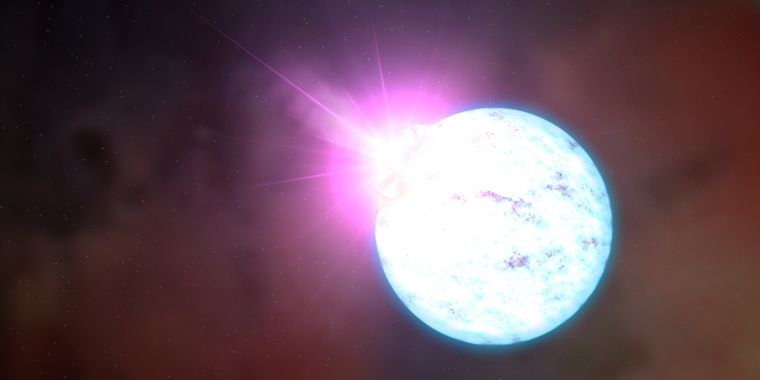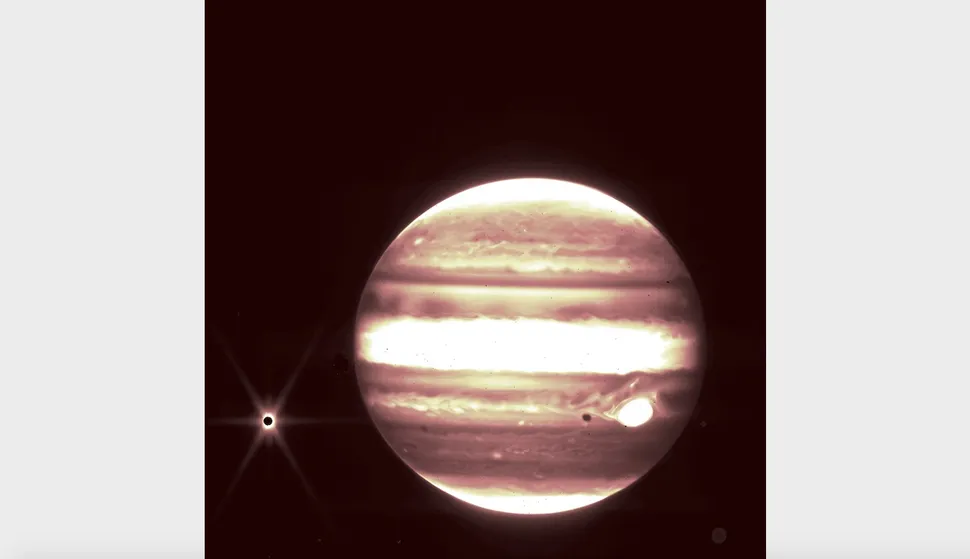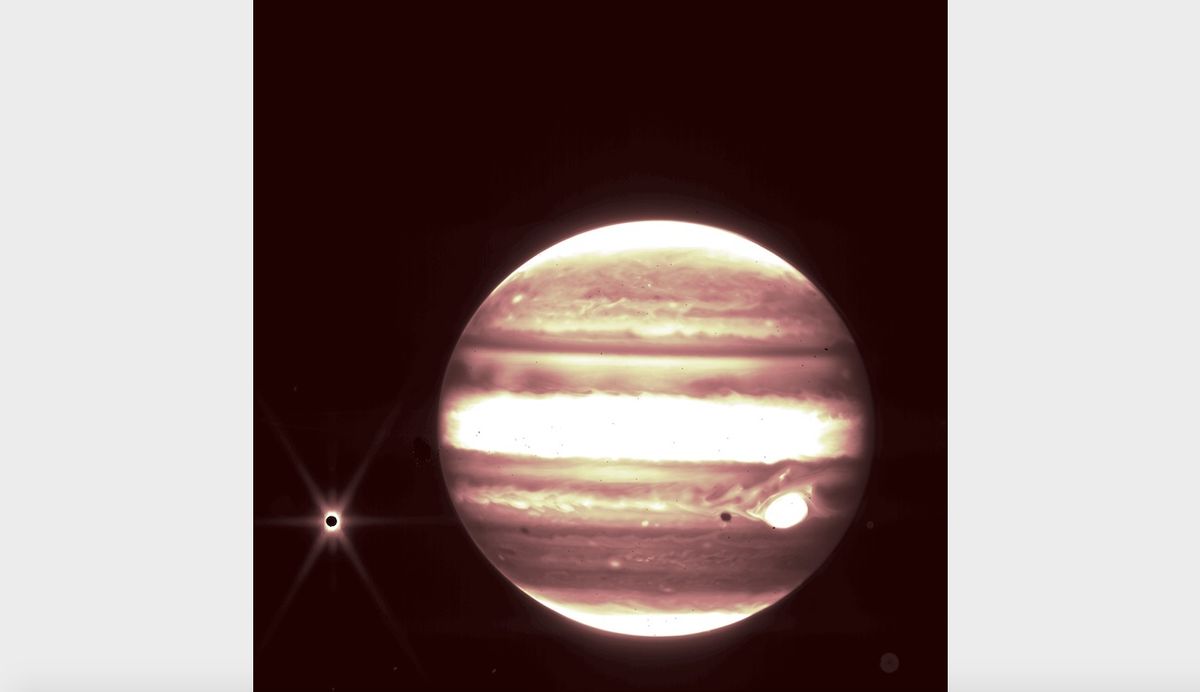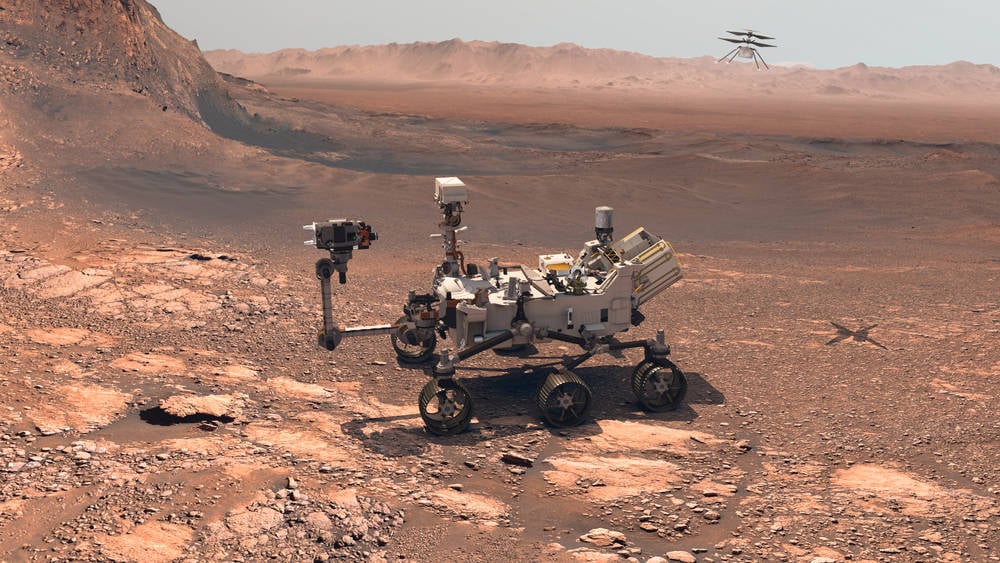Martian rock samples collected by NASA's Perseverance rover won't arrive on Earth until 2033 – as they'll need an orbiter and lander sent out toward the end of the decade to fetch them, the US space agency said Wednesday.
Launched in 2020, Perseverance has been roaming around on Mars and is right now at the Jezero crater looking for interesting rock specimens. Armed with several instruments – including lasers and spectrometers to analyze materials, as well as a drill and sample tubes – Perseverance has stashed 12 collections so far, of which 11 contain rocks and one contains gases from the planet's atmosphere.
These bits of Martian regolith, however, have to be gathered and carried back to Earth for scientists to study. NASA is working with the European Space Agency for the Mars Sample Return Program, which involves launches of the Earth Return Orbiter in 2027 and a Sample Retrieval Lander in 2028. Engineers will start developing prototype technologies for design specifications in October.
The Mars Sample Return Program is a multi-step process. First, the Earth Return Orbiter system will be launched to Mars in 2027 and circle the Red Planet while it waits for the Sample Retrieval Lander to launch a year later and carry out its mission.
Two helicopters, modeled on the
Ingenuity marvel, will be sent to Mars via the lander. The helicopters will look for the samples and fly them back to the lander, where a robotic Sample Transfer Arm will hopefully grab the tubes and place them safely in a container system inside a capsule. The capsule, in turn, will be stored aboard a rocket – the Mars Ascent Vehicle – to be carried into orbit.









